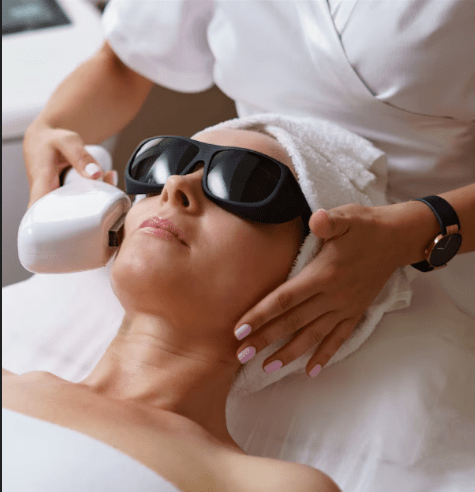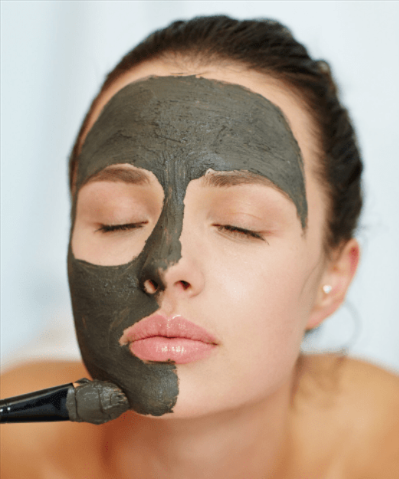If you’re considering chin augmentation surgery, one of the most important questions to ask is:
“How long do chin implants last?”
The good news is, chin implants are designed to be a long-term solution for enhancing facial balance and improving your profile. In many cases, they can last a lifetime. But like any cosmetic procedure, several factors can influence how long your results will last and whether future adjustments might be needed.
In this guide, we’ll break down what affects chin implant longevity, the types of implants used, and when (or if) revision surgery might be necessary.
What Are Chin Implants Made Of?
Chin implants are typically made from biocompatible materials that are safe for long-term use in the body. The most common materials include:
- Silicone – The most widely used material; smooth, flexible, and durable. Silicone implants are not integrated into the bone and can be easily removed or adjusted if necessary.
- Polyethylene (Medpor) – A more rigid, porous material that allows tissue to grow into the implant for more secure positioning. Removal can be more complex due to tissue integration.
- Gore-Tex (ePTFE) – Another porous material that provides good stability and a natural feel. Less commonly used than silicone or Medpor.
The material plays a role in how the implant feels, integrates with surrounding tissue, and how easy it is to revise if needed.
How Long Do Chin Implants Typically Last?
👉 In most cases, chin implants are permanent.
They do not degrade over time and are designed to maintain their shape and position indefinitely.
However, the true longevity depends on a few key factors:
Factors That Can Affect the Lifespan of Chin Implants
1. Surgical Technique
- A skilled surgeon will create a precise pocket for the implant, ensuring it stays securely in place.
- Poor technique may lead to shifting, asymmetry, or even nerve damage, which could require revision surgery.
2. Trauma or Impact
- Blunt trauma to the chin (such as from sports or accidents) can displace the implant or damage surrounding tissues.
- Protective care is essential, especially in the early months post-surgery.
3. Aging and Facial Changes
- As you age, your facial structure, fat distribution, and skin elasticity naturally change.
- While the implant stays the same, it may look slightly different over time due to these changes.
- Some patients may opt for revision or complementary procedures (like a facelift or neck lift) years later.
4. Infection or Complications
- Rare but possible, infections may require implant removal.
- Proper hygiene and post-operative care reduce this risk.
5. Personal Aesthetic Preferences
- Tastes and trends change. Some patients choose to remove or replace their implants years later to better match their evolving facial features or goals.
Will I Ever Need to Replace My Chin Implant?
Not necessarily. Unlike breast implants, which often have a suggested lifespan of 10–15 years, chin implants don’t require routine replacement unless:
- There’s a complication like infection or implant shifting
- You experience long-term dissatisfaction with the aesthetic outcome
- There’s a rare case of implant erosion into the bone (more likely with older or improperly placed implants)
Signs That Your Chin Implant Might Need Attention
While most chin implants remain stable and problem-free, keep an eye out for:
- New asymmetry or shifting
- Pain or discomfort around the implant
- Swelling or signs of infection
- Numbness or tingling in the lower face or lip
- Changes in appearance not related to normal aging
If you notice any of these, schedule a visit with your surgeon for an evaluation.
Can Chin Implants Be Removed?
Yes. Chin implants can be removed or revised if desired. Silicone implants, in particular, are relatively easy to remove since they don’t integrate into the tissue. Medpor implants, while more secure, are more challenging to remove due to tissue growth into the implant’s surface.
How to Maximize the Lifespan of Your Chin Implant
- Choose a board-certified facial plastic or plastic surgeon with extensive experience in chin augmentation
- Follow all post-operative care instructions
- Avoid high-impact activities or trauma to the face during the healing period
- Maintain regular follow-up visits, especially in the first year after surgery
Final Thoughts
Chin implants are designed to last a lifetime, offering permanent improvement in facial balance and definition. With proper care and a qualified surgeon, most patients enjoy decades of satisfaction with little to no maintenance. While complications are rare, staying informed and proactive ensures your results remain stable and beautiful for years to come.
Thinking about chin augmentation? Schedule a consultation with a board-certified surgeon to discuss your goals, implant options, and what you can expect for the long-term.




